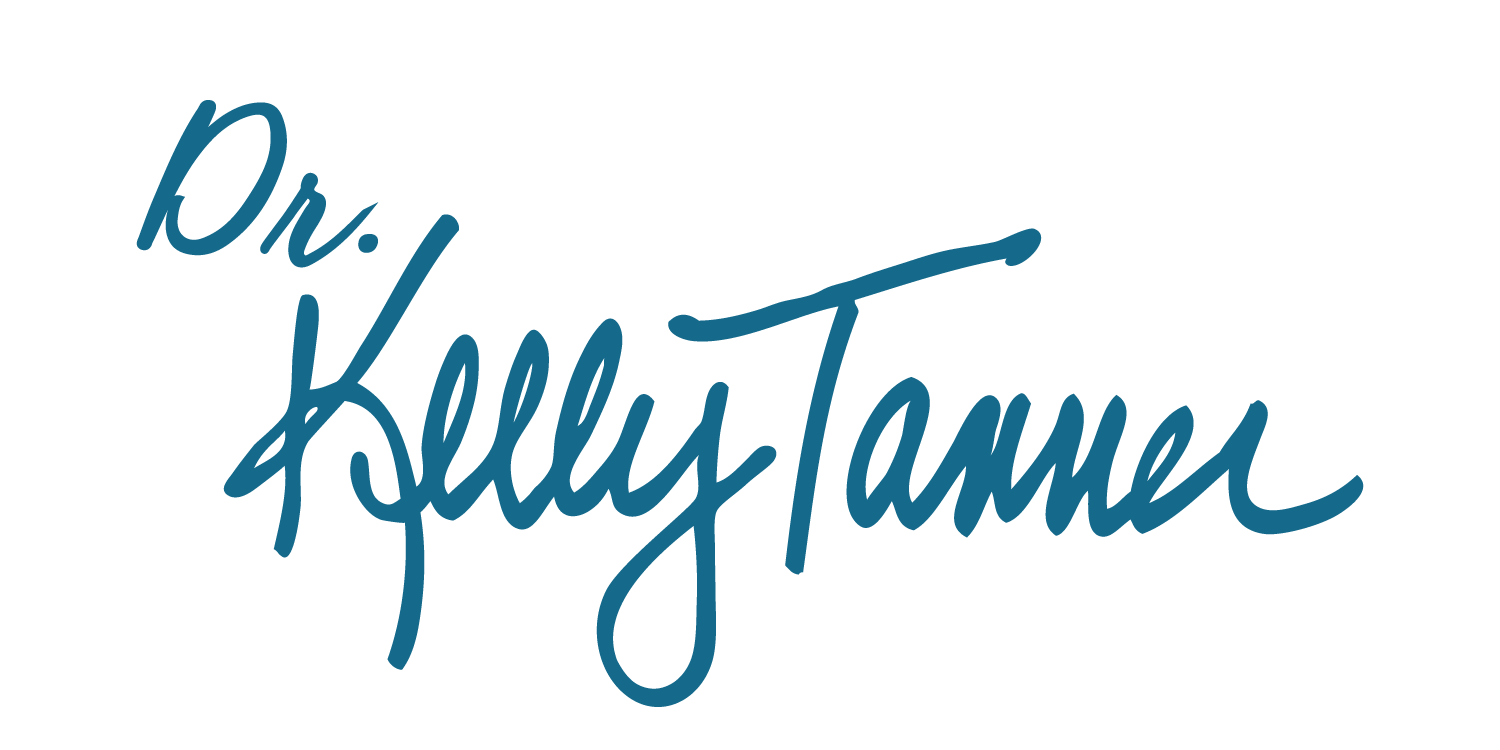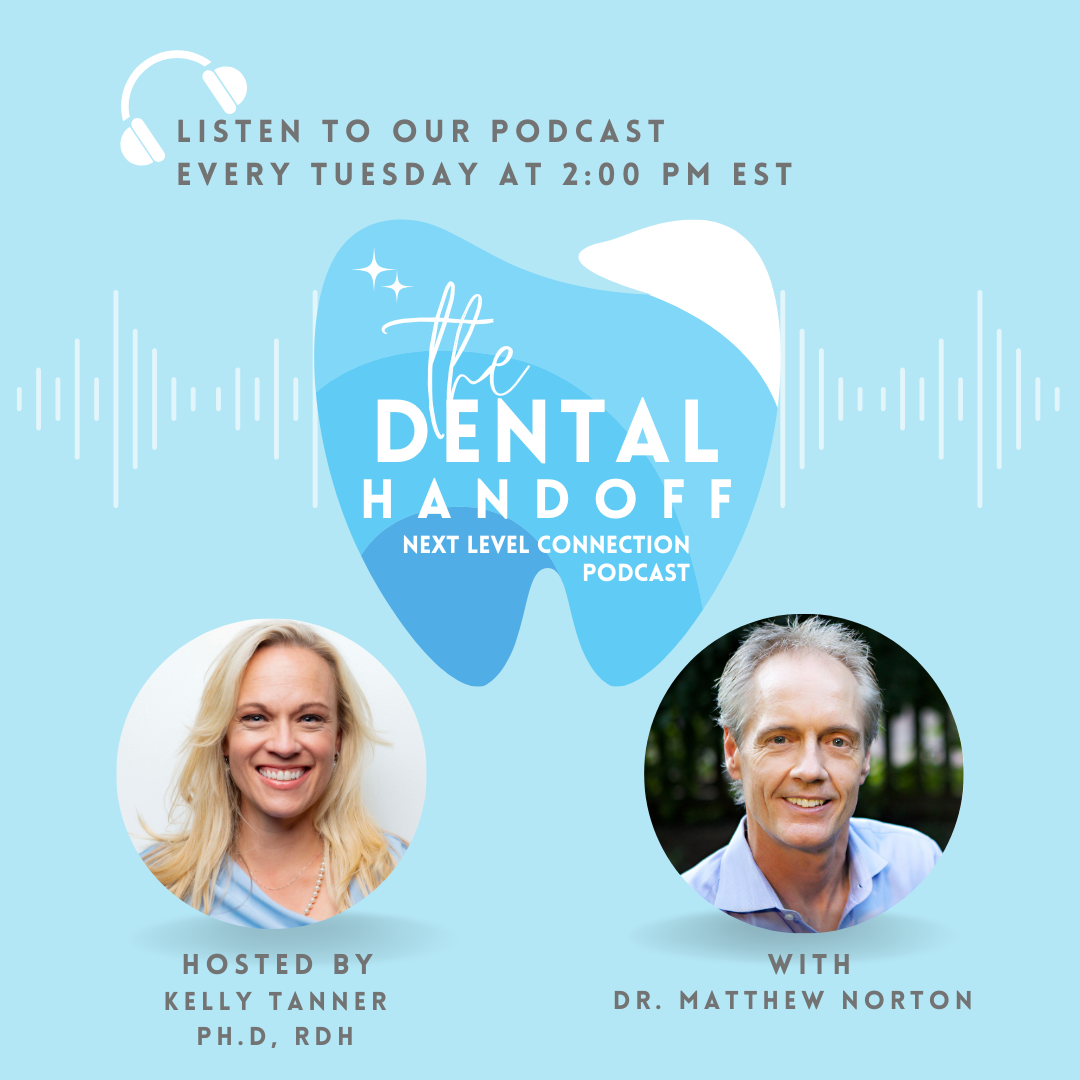Beyond the Chair: How Dr. Matthew Norton's People-First Approach Is Transforming Dental Leadership
In an industry focused on technical excellence and clinical precision, the human element of dentistry often remains undertrained and underdeveloped. On a recent episode of The Dental Handoff podcast, Dr. Kelly Tanner spoke with Dr. Matthew Norton—a leadership coach whose unconventional journey from chiropractor to dental leadership expert offers valuable insights for professionals seeking to enhance their practice culture and team dynamics.
From Chiropractic to Coaching: A Journey of Reinvention
"I spent a lot of years building a very health-focused, mostly cash, successful chiropractic practice, and I loved it," Dr. Norton explains. For 25 years, he thrived in patient care, enjoying the personal interactions and immediate impact of helping others. However, his career trajectory shifted unexpectedly after writing a book titled Where Does It Hurt?"
This publication opened doors to media appearances and speaking engagements, placing him in front of new audiences—including dentists. "I had a major success early on in coaching a highly successful dentist who was ready for a next phase of reinvention," he recalls. The experience proved so affirming that it led to more coaching opportunities within dentistry.
Today, through his company, People + Purpose, Dr. Norton helps dental professionals develop their leadership capacity and strengthen their team dynamics. While most of his clients are in dentistry, his focus isn't on clinical systems or processes but rather "the people part of the business."
The Leadership Gap in Dental Education
When asked about common challenges he encounters, Dr. Norton identifies a fundamental gap in professional development. "I've worked with many genius, smart, incredibly technically skilled people that not only didn't really learn enough about business in school, but did not learn how to lead people."
This resonates with many doctors who find themselves managing teams without adequate preparation. "Suddenly there's a bunch of people there. So what am I supposed to do with that?" he notes. The technical expertise that made them excellent clinicians doesn't automatically translate to effective leadership.
Dr. Norton often encounters practice owners who believe their problems would disappear if only they could "fix" a difficult team member—usually the office manager. "If you could fix them, then all would be well with my world," they tell him. But the conversation frequently reveals a pattern: multiple office managers have cycled through the practice, all supposedly needing to be "fixed."
The breakthrough moment comes when they realize, "Do you think maybe I'm the problem?"
Starting with Self-Awareness
Dr. Norton's approach begins with introspection. "That peak success that you're looking for starts with you as if you were the first hire," he explains. "If you were the first hire, would I hire you for this job?"
To facilitate this self-discovery process, he developed his own series of strength-based assessments—a six-year project that involved rigorous scientific validation. His "core four" assessments evaluate behavior, inspiration, thinking styles, and emotional agility, providing a framework for understanding individual strengths and communication preferences.
"If you could understand yourself better, then you'd be able to see others more accurately," he explains. "People do want to be seen for their uniqueness, for their strengths."
This personalized approach has proven so effective that colleagues encouraged him to create a certification program, allowing others to learn his coaching methodology. The training extends beyond those pursuing coaching as a career—it's valuable for anyone in a dental practice who influences others, from office managers to hygienists.
Building a Strength-Based Culture
One of Dr. Norton's core philosophies involves creating environments where each team member can contribute through their unique strengths. "How can we craft the culture of our workplace in such a way that we're favoring and giving the microphone to each person to feature what is most uniquely them?"
He contrasts this with the typical dental practice environment, where team development often falls through the cracks. "Who is it that's really coaching and developing inside the organization?" he asks. As practices grow—from single-doctor offices to multi-location operations—scaling the people aspect becomes critical.
Without intentional development, practices face one of two problems: high turnover or high toleration. "We don't have a turnover problem," some tell him, to which he responds, "Yeah, but there's a lot of toleration I bet going on on both sides." This mutual tolerance—where neither party is satisfied but neither wants to make a change—creates a stagnant environment.
"Your people could be your greatest asset, not just be your biggest expense," Dr. Norton reminds practice owners. But translating that concept into action requires guidance.
Four Leadership Insights for Dental Professionals
Drawing from his experience, Dr. Norton offers four key insights for dental leaders:
Embrace Reinvention: "The journey that we're on can be very dynamic," he notes. Reinvention doesn't necessarily mean changing careers—it can mean evolving within your current business model to maintain engagement and fulfillment.
Clarify Your North Star: Having a clear guiding principle helps with decision-making and prevents aimless effort. "There's a lot of people that are just climbing really hard, working really hard, figuring if I just work hard every day, I'll get to where I want to go. Well, you'll get somewhere, but it might not be exactly what would be most fulfilling for you."
Build a Strengths-Based Culture: This begins with the leader understanding their own strengths and then recognizing and highlighting the unique contributions of each team member.
Develop Emotional Agility: The ability to navigate emotions—your own and others'—is crucial for reducing stress and achieving success more smoothly.
The Value of Movement and Openness
For dental professionals considering their next steps, Dr. Norton emphasizes the importance of taking action rather than waiting for perfect clarity. "Sometimes we can get too paralytic and not begin until we feel like we know enough to feel completely secure in what that outcome is going to be, which almost never happens."
He uses a house metaphor to illustrate how movement creates opportunity: "When you turn, you get down to the end and you make a turn, there's doors, windows, opportunities to go into something that you couldn't see from before you made that turn."
This philosophy guided his own decision to leave a successful chiropractic practice after 33 years. "I felt like I could do it in my sleep. I loved it. But there was something different for me." Taking that risk has led to a fulfilling new chapter helping dental professionals create more dynamic, people-centered practices.
"It's never too late to restart," he concludes, "and life is too long and too short to be less than rewarded regularly."
Keywords: Dental leadership, team dynamics, practice culture, leadership coaching, people management, strength-based assessment, emotional agility, dental team development, professional reinvention, People + Purpose, Dr. Matthew Norton, The Dental Handoff podcast


